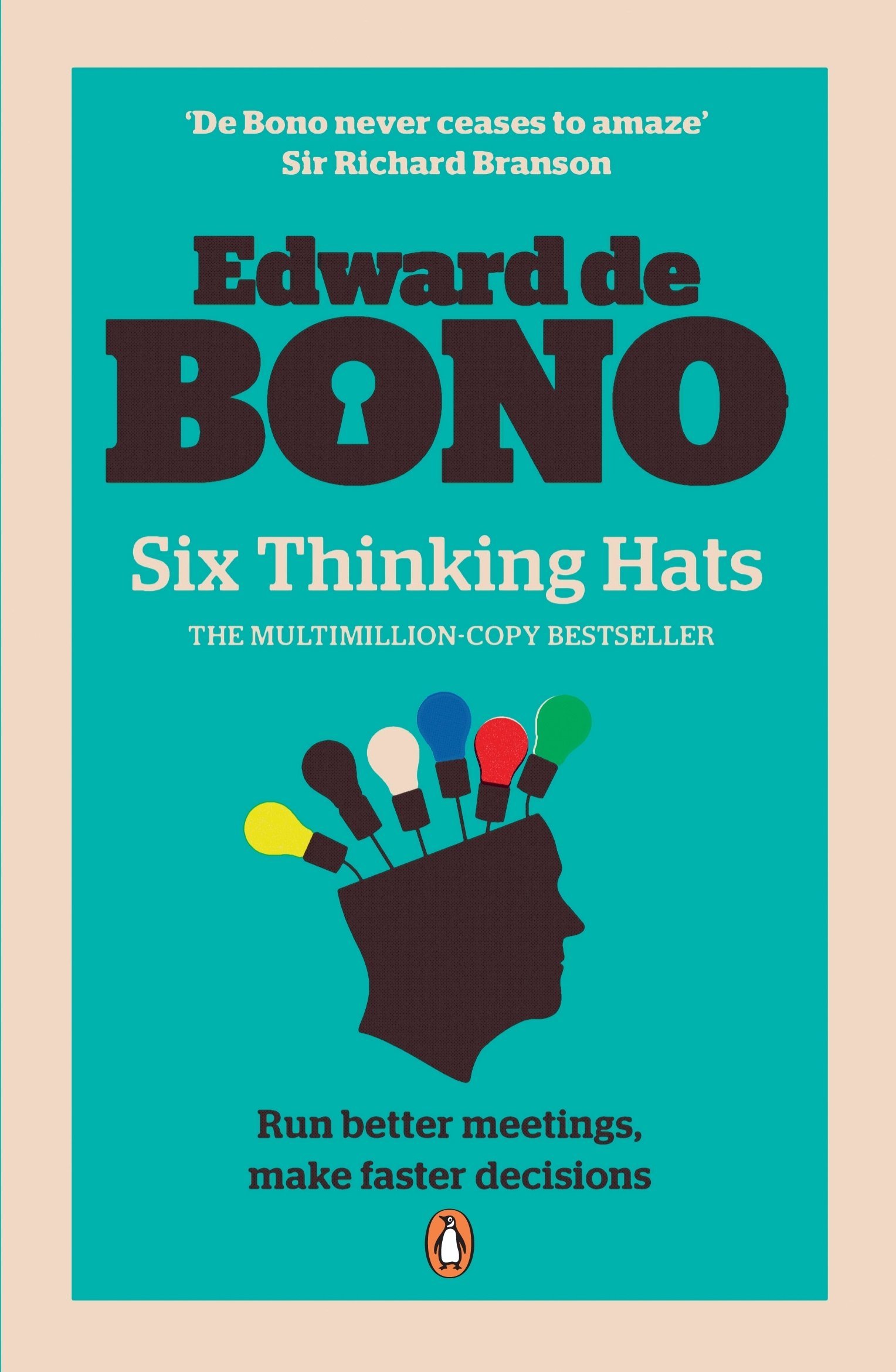High Demand Non-Technical Roles in IT: The BA (Part 1).
The Business Analyst role is one of the top in-demand non-technical roles in I.T., but what does that actually mean? Simply put, if you are going into I.T. and do not want to learn to code, you might want to consider business analysis as your career option. Before you get the wrong impression, you can’t be considering business analysis if you hate technology. If that is the case, then you will struggle.
Business analysts work alongside Project Managers, Product Owners, SCRUM Masters, DevOps Engineers, Testers, Software Developers and other members of the organisation driving the product or project. They can be found in most projects and are integral to their success.
To begin with, you need to love technology and appreciate the beauty of what coding produces, even though you have no plans to be a programmer. If you are comfortable with technology and admire product delivery (like apps or gadgets), then you have a foundation for business analysis. That appreciation will drive you to understand why certain products perform better than others and what can be done to improve the current state of one.
You don't need to learn to code to be a BA, but you need to love technology and appreciate the beauty of what coding and engineering produce.
Business analysts (BAs) act as a bridge between a company's technical and non-technical team members, translating business needs into technical requirements and vice versa. They help everyone in the organisation to see the same thing (picture of the problem and agree on the best solution). They play a critical role in ensuring that I.T. projects align with business goals and deliver the desired outcomes.
A Practical Example of a B.A. in a Bridging Role:
A company (providing project management training courses) has business needs to reduce the amount of downtime on its website. The need was born from feedback from customers who complained about being unable to access the website when they needed to learn. Even though the business has this need, they may not appreciate the technical reasons why the I.T. department cannot keep the website operational 24 hours a day.
A great B.A. will patiently work with the developers (in the I.T. team) to understand the technical issues. Ask the right questions that help you simplify the problem in a way that management can understand. Using non-technical tools and technics, the B.A. can translate the issue to management with context provided by other stakeholders.
B.A.s know how to track down every stakeholder (people who have any influence on the website). They know that if they overlook anyone who uses the website (customers), updates the website (marketing), or maintains the website (I.T./ developers), then part of the reason for the problem will be missed. In addition, missing those stakeholder inputs means you will struggle to deliver a solution acceptable to those who use it.
A good B.A. makes things easy by helping everyone see better ways to solve the problem and make progress.
Plan for what is difficult while it is easy, do what is great while it is small. The difficult things in this world must be done while they are easy; the greatest things in the world must be done while they are still small. For this reason, sages never do what is great, and this is why they achieve greatness.
~Sun Tzu. The Art of War
Are B.A. Opportunities Growing?
Job opportunities for business analysts are on the rise. In most countries, demand for this role is expected to keep growing for the next decade and beyond. Here are a few reasons why the demand for business analysts continues to rise:
Companies need to make changes to existing systems, apps or operating procedures. These planned changes are usually referred to as digital transformation projects. As companies increasingly adopt digital technologies and processes, they require business analysts who can help them navigate the complex landscape of I.T. solutions and align them with their business objectives. In approaching these changes, companies have to apply methodologies that are alien to the way they have been doing business in the past.
For example, the company may have to consider agile methods to redo their headphones. That isn’t an app, but anything can be thrown at you as a business analyst to look at opportunities to improve and to align approaches by the technical and non-technical teams. By the way, agile methods mean planning and delivering small bits of a planned major release. This is preferred to waiting for the plan to be 100% ready. With agile methods, you plan and learn enough to enable you to start the project piecemeal. In agile environments, we plan and deliver the first bit and then continue to add to it till the product is ALL ready.
We live in a data-driven and data-saturated world. The rush of data means that companies must be ready to analyse and respond quickly. With the rise of big data, companies are looking for business analysts who can help them make sense of the vast amounts of data they collect and turn them into actionable insights. As a business analyst, you might not be a qualified data analyst, but you must appreciate the input and output of a data model.
Business Analysts don’t only work in Agile environments. They can fit into any kind of project delivery environment (anywhere planning is required).
According to the U.S. Bureau of Labor Statistics (BLS), business analysis roles are expected to continue to grow at a much faster pace than most other occupations. The BLS attributes this growth to the continued need for organisations to improve efficiency and control costs in a rapidly changing business environment.
What are the current job openings for the business analyst role?
USA = 15,000
Canada = 1,500
United Kingdom = 3,000Indeed.com (23/03/2023)
Similarly, a report from the International Institute of Business Analysis (IIBA) found that demand for business analysts is expected to continue growing in the coming years. The report estimates that the number of business analysis-related jobs in the United States will increase by 14% by 2028, with a projected total of 861,000 jobs. Similarly, Indeed (job website) found that job postings for business analysts increased by 38% from 2016 to 2019, with salaries equally climbing.
What’s the B.A.’s Role in Delivering Digital Products?
As a Business Analyst assigned to a project, you want to hit the ground running. Start-ups and established organisations are always on the lookout to recruit business Analysts to help with their project delivery. At the foundational level, Business Analysts are recruited to:
The Agile Method means working with a cross-functional (multi-specialised team) to deliver small amounts of usable bits of the project or product.
To deliver digital solutions/products (software development).
To aid the transition of companies to a new system (transformation or change projects).
To solve other business problems like
Addressing the sudden or continuous loss of revenue in an organisation.
To find out why staff have made or are making significant mistakes during the production or execution of processes.
To figure out if there’s a better approach to doing business (refresh or reboot the company after things have been stagnant for a while).
To decide how to approach the future (typical for start-ups who constantly need to re-plan the future).
To address loss (or potential loss) of market share.
Over the next few B.A. Articles, I will guide you through the complete lifecycle of a typical software development project. Most of the tools and techniques discussed here will also apply to other types of projects other than tech.
Reducing the Cone of Uncertainty
The Cone of Uncertainty is a model that describes the level of uncertainty in a project. It is a visual representation of the amount of uncertainty that is present in a project. The level of uncertainty tends to keep decreasing as the project progresses. The more we research and plan, the more we become precise with what is feasible.
Business analysts help reduce uncertainty by conducting a thorough analysis of the business requirements, gathering all the necessary data and information, and identifying any potential risks that may arise during the project.
Business analysts work closely with project managers and other stakeholders to ensure that the project is appropriately scoped and that all requirements are clearly defined. They also help to identify any potential risks or issues that may arise during the project and work to mitigate those risks through thorough planning.
Business analysts play a critical role in project management by helping to ensure that projects are successful and that they deliver the desired business outcomes.
Start with Initial Assumptions, then Validate them.
As a Business Analyst, you must start from somewhere. BA's and Agile Project Managers can't wait for all the information to come in before the start of the project. If you did, then that won't be agile but waterfall (planning everything ahead before the project can start).
You will begin with your “best efforts” at understanding the scope of the project. This will be a mixture of inputs from the project driver (most likely the sponsor) and other stakeholders who understand the problem you are trying to fix. The thing is, even though they all are experts on some aspect of the product/ problem, you may begin to see a bigger picture from collating and analysing those inputs. In other words, you may begin to see that some of their assumptions of the root cause, related causes or potential solutions might be wrong.
Even though the project’s preliminary scope covers all that should be done to complete it, the most precise preliminary scope of work is often based on calculations derived from available data at the time. The data used to determine the scope may be incomplete at the time you are engaged to start working on a project.
When you are starting a project, there's a lot you can not be 100% sure of. As such, the more we know about the project, the more we get to know about what should have been captured in the project’s scope. The initial scope was created based on best efforts or best assumptions. This was one of the contentions against typical waterfall approaches to projects where we spend time planning EVERYTHING into the project’s scope at the start even though we have little understanding of the changing environment in which such plans are to be implemented in.
As things change, sometimes very suddenly, they impact the approach we take to deliver our project. Imagine that a few days after start a project, the competitor rolls out a better version of the product we are hoping to better. Such a project will need to be reappraised and the scope adjusted to meet with that reality. This is one of the advantages of staying agile.
The “Agile” method for projects allows you to treat the fundamentals of the project’s initial scope more like “strong” assumptions. These assumptions will definitely be tested once preliminary discussions, more research and agile planning are done. This approach may seem counterproductive, but treating the initial project scope with some suspicion will enable you to start the project quickly, but also help you validate those assumptions based on the research and elicitations (questions you are asking) that you will conduct.
Most stakeholders think that they have a thorough diagnosis of the problem and the solution. However, most of the them have tunnel vision and can not divorce themselves from their biases. At the start of the project, as you listen to others, they are simply giving you their best assumption of what they believe the problem is and how best it might be solved.
As a warning, some bosses don't like their positions questioned. You will need to be diplomatic with your approach to query what direction the company is taking to fix the problem you are assigned to.
Agile = Start the project quickly and continue to validate those project assumptions based on your research and elicitations.
An Example of Scope Validation?
A company believes that they need a new mobile app to increase sales. This is communicated to you as a Business Analyst, and you are commissioned to start work on the project, supporting a cast of Project Managers and Developers. The only problem is that the thinking that suggested that the mobile app will solve the organisation’s problems may not be based on hard (well-analysed) data. While conducting your analysis as a BA, it may become evident that the company needs to upgrade its current website (or web app) to make it mobile-compatible (instead of a downloadable app) to improve online sales.
How was this found out? Research from the analytics from the current mobile and web apps may show that 80% of all sales come through the current web app. Even though it might be more in vogue to focus on the mobile app, it might make more sense to investigate why there are more sales conversions on the web. Could it be that the web appeals more to your specific audience?
There are often multiple aspects to consider when approaching projects like these, but asking the right questions will help you understand what needs to be done to solve the problem at its root.
By understanding why something is being done, we can better appraise the other options available and enable our team to make the best decisions. This is how value is brought to the table by a skilled Business Analyst; listening to everyone, questioning everything and using the tools at the disposal of the BA to provide visibility to the problem and solution.
More than any other thing, a good BA must think differently.
“We may have a perfectly adequate way of doing something, but that does not mean there cannot be a better way. So, we set out to find an alternative way. This is the basis of any improvement that is not fault correcting or problem-solving.” ~Edward de Bono in his book: Six Thinking Hats.
https://www.amazon.co.uk/Six-Thinking-Hats-Edward-Bono/dp/0141033053




